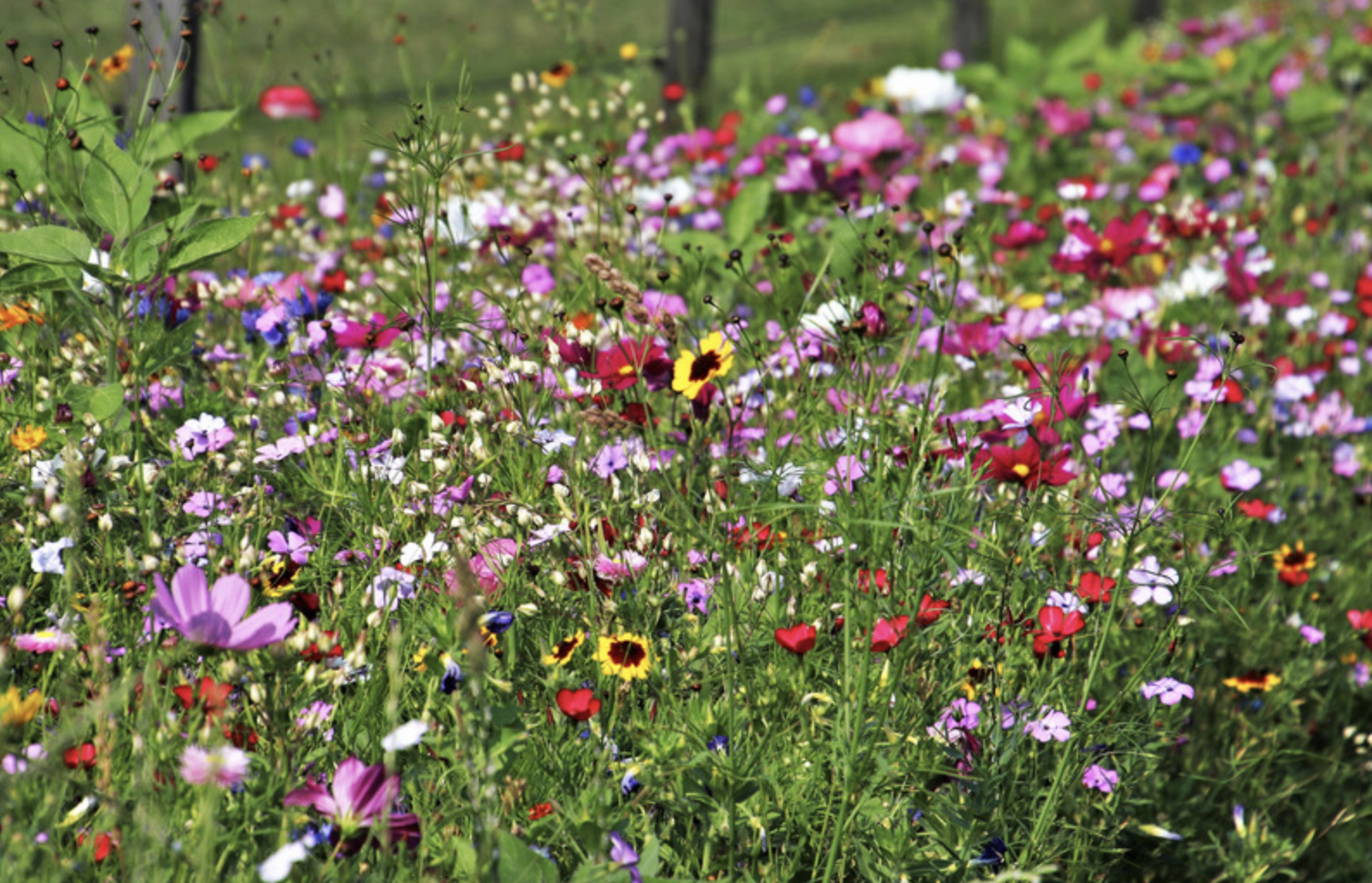International Centre on Non-Violent Conflict - Civil Resistance
ICNC - International Centre on Non-Violent Conflict - focuses on how ordinary people wage nonviolent conflict to win rights, freedom and justice. Here they offer an understanding of civil resistance, something currently being used in the anti-racism movement.
Civil resistance is a powerful way for people to fight for their rights, freedom, and justice—without the use of violence.
When people wage civil resistance, they use tactics such as strikes, boycotts, mass protests, and many other nonviolent actions to withdraw their cooperation from an oppressive system.
Throughout history and in the present day, civil resistance movements have forced change to happen, even against powerful opponents who are willing to use violence. They disrupt business as usual, shift the behavior and loyalties of a system’s defenders, and cause bystanders to side with the movement. In the face of widespread nonviolent defiance—and the social, economic, and political pressure that it creates—an oppressive system becomes too costly to maintain and ultimately unsustainable.
Many civil resistance campaigns and movements have created these dynamics and changed history as a result.
photo by pasja1000@Pixabay
Interpreting a Garden of Wildflowers: The Glossary of Civil Resistance
By Hardy Merriman, February 2021
If this is an area of interest, and you wish to understand more about how civil resistance works, here is a short essay by Hardy Merriman who is President & CEO of the International Center on Nonviolent Conflict (ICNC). He has worked in the field of civil resistance since 2002, presenting at workshops for activists and organizers around the world; speaking widely about civil resistance movements with academics, journalists, and members of international organizations; and developing educational resources. His writings have been translated into numerous languages.
English language terminology in the field of civil resistance is like a garden of wildflowers, shaped by sometimes competing forces.
On the one hand, the garden reflects locally rooted ideas and cultures: vibrant, natural, and defying simple efforts to constrain it. It’s an outgrowth of various micro-climates. Over time, some flowers (key terms) get more sunlight than others. New flowers also emerge, brought in on the wind from elsewhere. The garden evolves, as does the soil from which it grows.


